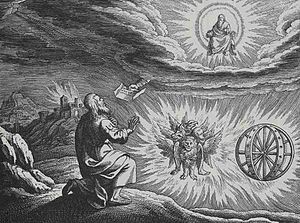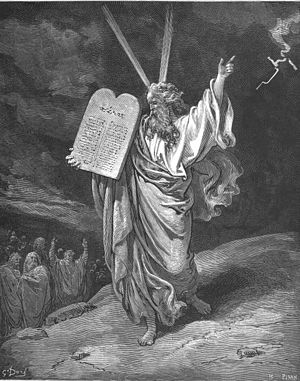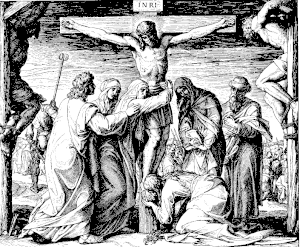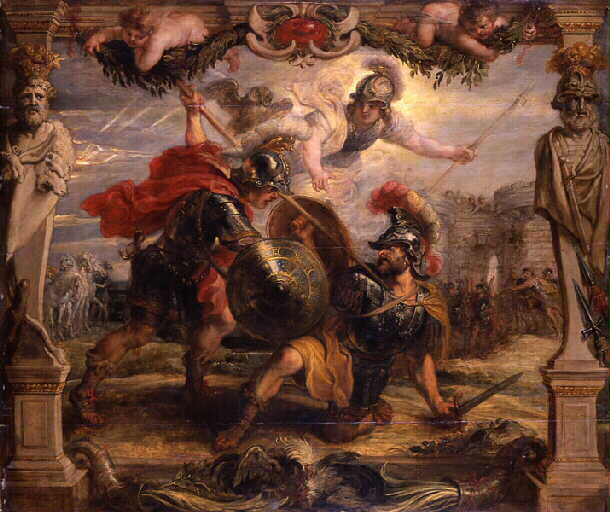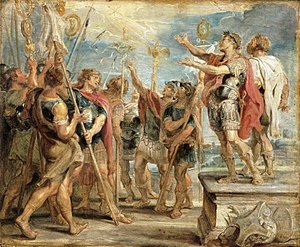Earl Doherty has visited James McGrath’s Matrix Restaurant and sampled for himself all 23 items offered on his Menu of Answers for Mythicists. Here is the first part of Earl’s complete culinary report on his experience along with tips for other prospective diners.
Herewith a response to Jim McGrath’s blog feature A Menu of Answers to Mythicists
Dr. Jim McGrath has kindly offered historicists who visit his Matrix restaurant a handy “Menu of Answers” to arguments and claims put forward by mythicists. With his white napkin of pre-washed orthodoxy draped securely over his forearm, waiter McGrath hands diners his menu and wishes them “bon appetit.” The problem is, the entrées on this menu as often as not produce indigestion, since they have not been properly cooked with reason at fallacy-killing temperatures, seasoned with critical acumen or sautéed in clarity, and the accompanying beverage list offers only the cheaper vintages of biased brews. So I would like to offer a selection of antidotes, guaranteed to restore equilibrium to the digestive system and a measure of rationality to the world outside his establishment, since at the end of the day we all have to return to it.
Menu Entrée #1:
Jesus and Entrées at other Establishments Continue reading “Earl Doherty’s Antidotes for a James McGrath Menu.”



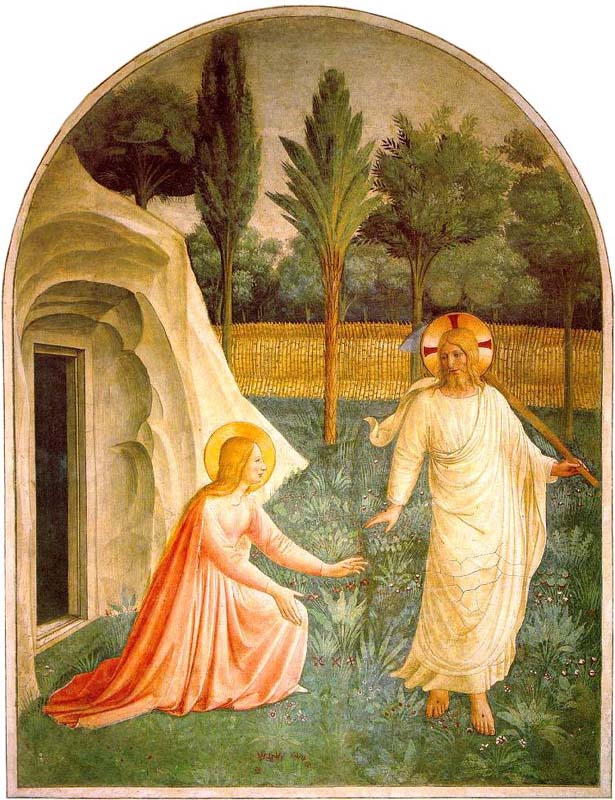
 April DeConick in
April DeConick in 